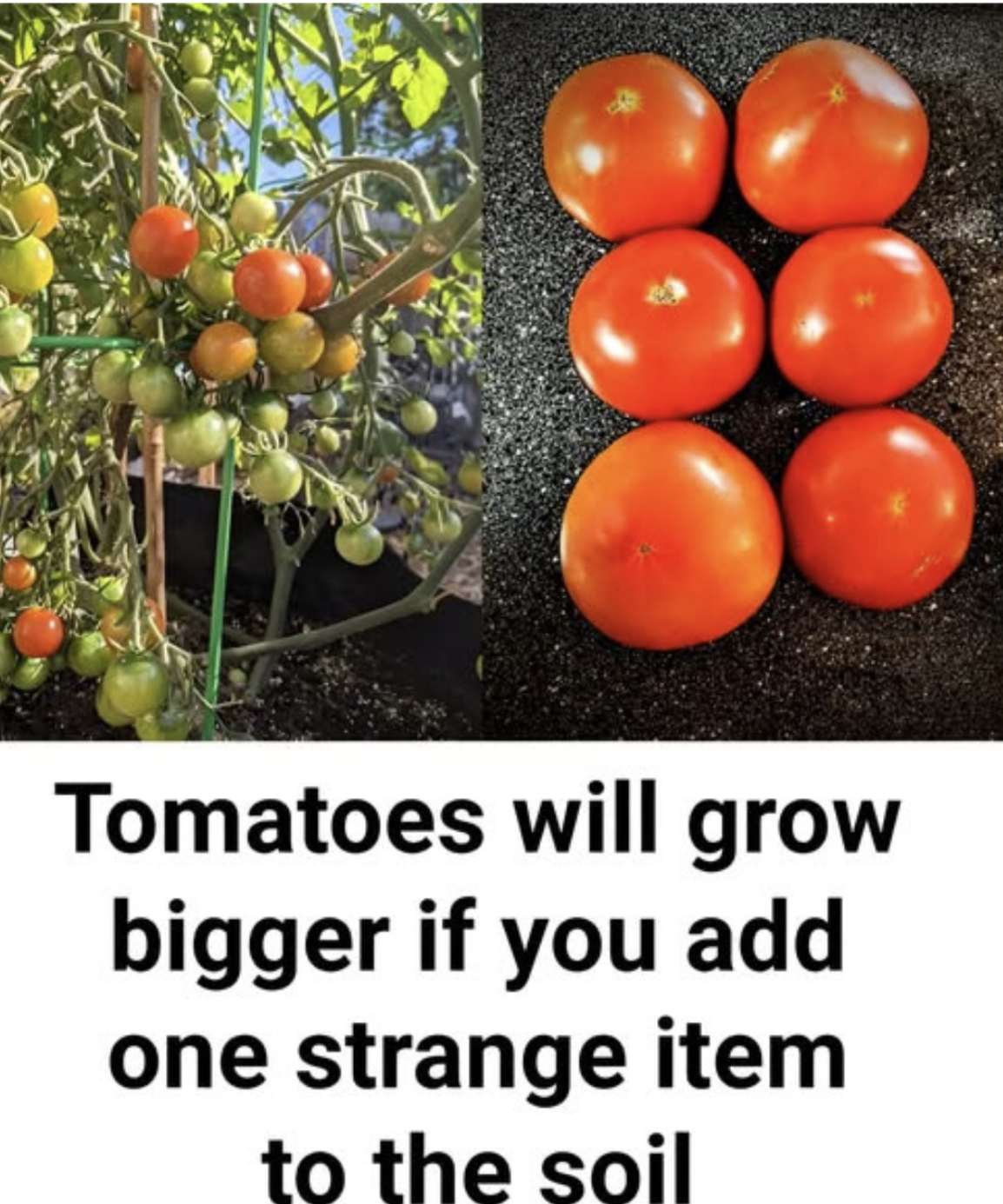Why Composted Chicken Manure Beats Every Other Fertilizer
Most fertilizers promise a lot.
But composted chicken manure delivers — because it doesn’t just feed your plants.
It feeds your soil.
And healthy soil = healthy plants.
Here’s why it’s the ultimate fertilizer for tomatoes, peppers, and onions — the heavy feeders of the garden.
🌿 The Big 3: N-P-K, Naturally Balanced
Plants need three main nutrients:
Nitrogen (N) – for lush, green growth
Phosphorus (P) – for strong roots, flowers, and fruit
Potassium (K) – for disease resistance and fruit quality
Composted chicken manure has all three — in the perfect ratio:
High in phosphorus and potassium – exactly what tomatoes and peppers crave for fruiting
Moderate nitrogen – enough for growth, but not so much that you get all leaves, no fruit
Unlike synthetic fertilizers that give plants a sugar rush — then burn out — composted manure releases nutrients slowly and steadily.
It’s the difference between junk food and a balanced meal.
🌱 More Than Just N-P-K: A Full Soil Multivitamin
Beyond the basics, composted chicken manure is packed with:
Calcium – prevents blossom end rot in tomatoes
Magnesium – essential for photosynthesis (hello, green leaves!)
Sulfur – boosts flavor in onions and alliums
Micronutrients – zinc, iron, copper, manganese — all in natural, plant-ready forms
It’s like giving your garden a daily multivitamin — not just a quick fix.
🌾 It Builds Better Soil — Not Just Better Plants
This is where it really shines.
Composted manure:
Improves soil structure – makes clay less dense, sand more moisture-retentive
Boosts microbial life – feeds the good bacteria and fungi that help plants absorb nutrients
Increases water retention – so you water less, and plants stay hydrated longer
It doesn’t just feed your plants this season.
It enriches your garden for years.
🌞 And No, It Doesn’t Smell (When Done Right)
Fresh chicken manure? Yes — it stinks.
But composted chicken manure?
After 6–12 months of proper composting:
Pathogens are killed
Ammonia burns off
Odors disappear
What’s left is a rich, dark, crumbly soil amendment that smells like a forest after rain — not a barnyard.
✅ Pro Tip: Always use fully composted manure — never fresh. Fresh manure can burn plants and carry harmful bacteria.
🍅 How to Use It for Tomatoes, Peppers & Onions
🌱 For Tomatoes
Mix 2–3 inches of composted manure into the planting hole
Top-dress with a thin layer mid-season
Prevents blossom end rot and boosts fruit size
💡 Bonus: The calcium content is a natural defense against one of tomato growers’ biggest frustrations.
🌶️ For Peppers
Blend into soil before planting
Side-dress with a handful when flowers appear
Encourages thick walls and bold flavor
Peppers love potassium — and this delivers it in spades.
🧅 For Onions
Work into soil before planting — onions are shallow-rooted and need fertile, loose soil
Avoid high nitrogen — you want bulbs, not greens
Composted manure provides steady, balanced nutrition
Result? Big, sweet, full-sized bulbs — not tiny nubs.
🛒 Where to Get It (And How to Make Your Own)
✅ Buy It:
Look for bagged composted chicken manure at garden centers (brands like Nature’s Blend or Down to Earth)
Or ask local farms — many sell it in bulk
✅ Make It:
If you keep chickens:
Mix manure with carbon-rich bedding (straw, leaves, sawdust)
Pile and turn regularly
Let it compost 6–12 months
Use when dark, crumbly, and odor-free
✅ Safety First: Always wear gloves and wash hands after handling.
🧠 Final Thoughts: The Best Fertilizer Isn’t in a Bag — It’s in the Soil
We chase quick fixes.
We buy powders and liquids.
We sprinkle and hope.
But the truth is:
The most powerful fertilizer isn’t synthetic.
It’s not flashy.
It’s not even designed.
It’s nature’s slow, steady, soil-building wisdom — in the form of composted chicken manure.
So if you’re tired of leafy tomato plants with no fruit…
If your peppers are sad and thin…
If your onions look like baby tears…
Don’t reach for another bag.
Reach for the compost.
Because sometimes, the difference between “meh” and “wow”…
Isn’t in the seed.
It’s in the soil.
And once you feed your garden like this?
You’ll never go back to chemical shortcuts again.
